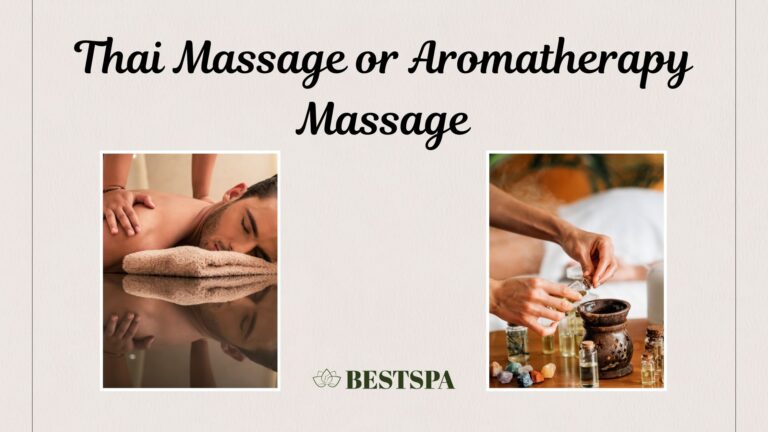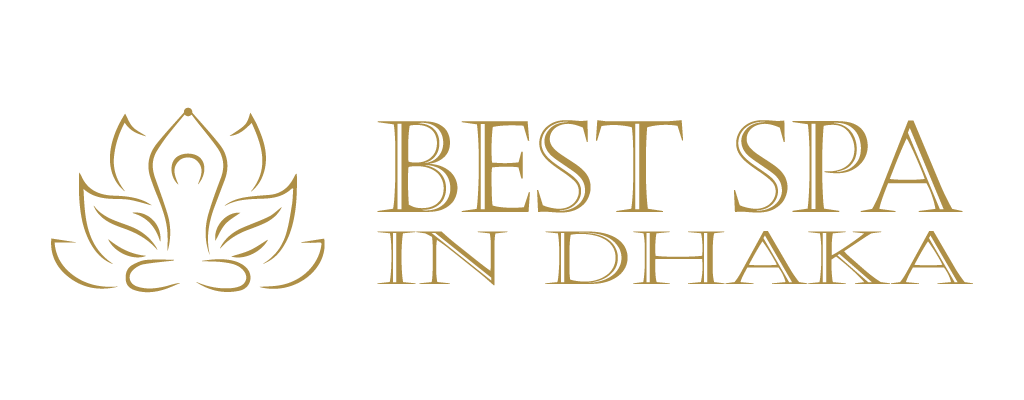
In the quest for holistic wellness, combining different therapeutic practices can offer a more comprehensive approach to health. Thai massage and aromatherapy massage are two such modalities that, when integrated, can provide profound benefits for both physical and mental well-being. Each therapy has its unique characteristics and benefits, and together they create a synergistic effect that enhances overall wellness. This blog delves into how Thai massage and aromatherapy massage complement each other, exploring their individual benefits and how their combination can contribute to a balanced, holistic approach to health.
Understanding Thai Massage
- Origins and Techniques
Thai massage, also known as Thai Yoga Massage, has its roots in ancient Thai medicine and traditional Indian Ayurvedic practices. It is characterized by its unique combination of stretching, acupressure, and deep tissue massage techniques. Unlike conventional massage, Thai massage is performed on a mat on the floor, and the recipient remains fully clothed.
The therapist uses their hands, feet, elbows, and knees to apply pressure along the body’s energy lines, known as “Sen.” The massage incorporates yoga-like stretches, which help to enhance flexibility and release muscle tension. Thai massage is known for its ability to increase energy flow, alleviate pain, and promote relaxation.
- Benefits of Thai Massage
- Improved Flexibility: The stretching techniques used in Thai massage help to improve joint and muscle flexibility.
- Enhanced Circulation: The rhythmic pressure applied during the massage boosts blood circulation, promoting overall cardiovascular health.
- Stress Relief: Thai massage aids in reducing stress and anxiety by promoting relaxation and releasing endorphins.
- Pain Management: It is effective in managing chronic pain conditions, such as lower back pain and migraines, through targeted pressure and stretching.
Understanding Aromatherapy Massage
- Origins and Techniques
Aromatherapy massage combines the therapeutic benefits of massage with the use of essential oils. Essential oils are derived from plants and are known for their healing properties. During an aromatherapy massage, these oils are blended with a carrier oil and applied to the skin through massage techniques.
The choice of essential oils is tailored to the individual’s needs and desired outcomes. For example, lavender oil is often used for relaxation, while eucalyptus oil is chosen for its invigorating and respiratory benefits. The massage techniques used in aromatherapy can vary from gentle strokes to deeper pressure, depending on the therapeutic goals.
- Benefits of Aromatherapy Massage
- Emotional Balance: Essential oils used in aromatherapy have the power to influence mood and emotions, helping to alleviate symptoms of anxiety, depression, and stress.
- Enhanced Relaxation: The combination of massage and aromatic scents promotes deep relaxation and helps in reducing muscle tension.
- Improved Sleep Quality: Certain essential oils, such as chamomile and sandalwood, are known to improve sleep quality and address insomnia.
- Boosted Immunity: Essential oils like tea tree and peppermint have antimicrobial properties that can help in strengthening the immune system.
The Synergy of Thai Massage and Aromatherapy Massage
- Complementary Benefits
When Thai massage and aromatherapy massage are combined, their complementary benefits enhance the overall therapeutic experience. Thai massage’s physical techniques and aromatherapy’s aromatic properties work together to address both the mind and body, providing a holistic approach to wellness.
- Holistic Relaxation: Thai massage’s deep stretching and acupressure techniques combined with the soothing effects of essential oils create a more profound sense of relaxation. This holistic approach helps to relax both the body and mind, addressing stress from multiple angles.
- Enhanced Flexibility and Pain Relief: While Thai massage improves flexibility and alleviates physical pain, aromatherapy can further enhance these benefits by using essential oils that have analgesic properties. For example, adding eucalyptus or peppermint oil during a Thai massage can help to relieve muscle soreness and enhance flexibility.
- Emotional and Mental Wellness: The aromatic qualities of essential oils can help in managing emotional stress and anxiety, while the physical techniques of Thai massage promote mental relaxation. Together, they create a balanced approach to emotional and mental well-being.
- Personalized Treatment
Combining Thai massage with aromatherapy allows for a highly personalized treatment experience. The choice of essential oils can be tailored to the individual’s specific needs and preferences. For instance, if the individual is seeking relief from anxiety, oils such as lavender or chamomile can be used. If the goal is to energize and invigorate, oils like citrus or rosemary may be chosen.
Furthermore, the techniques used in Thai massage can be adjusted to complement the effects of the essential oils. For example, if a calming oil is used, the therapist might focus on gentle, relaxing stretches. If a stimulating oil is chosen, the therapist might incorporate more invigorating techniques.
- Integrated Experience
The integration of Thai massage and aromatherapy creates a multi-sensory experience that addresses both physical and psychological aspects of wellness. The visual appeal of the setting, the calming sounds of the environment, and the aromatic scents all contribute to a richer, more immersive therapeutic experience. This integrated approach not only enhances the benefits of each therapy but also creates a more profound sense of well-being.
Practical Considerations for Combining Thai and Aromatherapy Massage
- Choosing a Qualified Practitioner
To fully benefit from the combined therapies, it is crucial to choose a qualified practitioner who is skilled in both Thai massage and aromatherapy. A knowledgeable therapist can customize the treatment to address individual needs and ensure that both techniques are used effectively.
- Selecting the Right Essential Oils
The choice of essential oils should be based on individual preferences and therapeutic goals. It is essential to discuss any allergies or sensitivities with the practitioner to avoid adverse reactions. High-quality, pure essential oils should be used to ensure the best results.
- Creating a Relaxing Environment
The setting for the massage should be conducive to relaxation. This includes a comfortable and quiet space, appropriate lighting, and soothing music. The aromatic experience can be enhanced with diffusers or scented candles, creating a calming ambiance.
Conclusion
Combining Thai massage and aromatherapy massage offers a powerful approach to holistic wellness. Each therapy brings its unique benefits to the table, and together they create a synergistic effect that enhances physical, emotional, and mental well-being. By integrating the physical techniques of Thai massage with the aromatic properties of essential oils, individuals can experience a more comprehensive and balanced approach to health. Whether seeking relief from stress, pain, or emotional imbalances, the combination of Thai and aromatherapy massage provides a holistic solution that nurtures the body, mind, and spirit.
If you’re interested in exploring how these therapies can work together for your wellness, consider booking a session with a qualified practitioner who can tailor the experience to your needs. Embrace the synergy of Thai and aromatherapy massage, and enjoy the benefits of a truly holistic approach to health and well-being.
